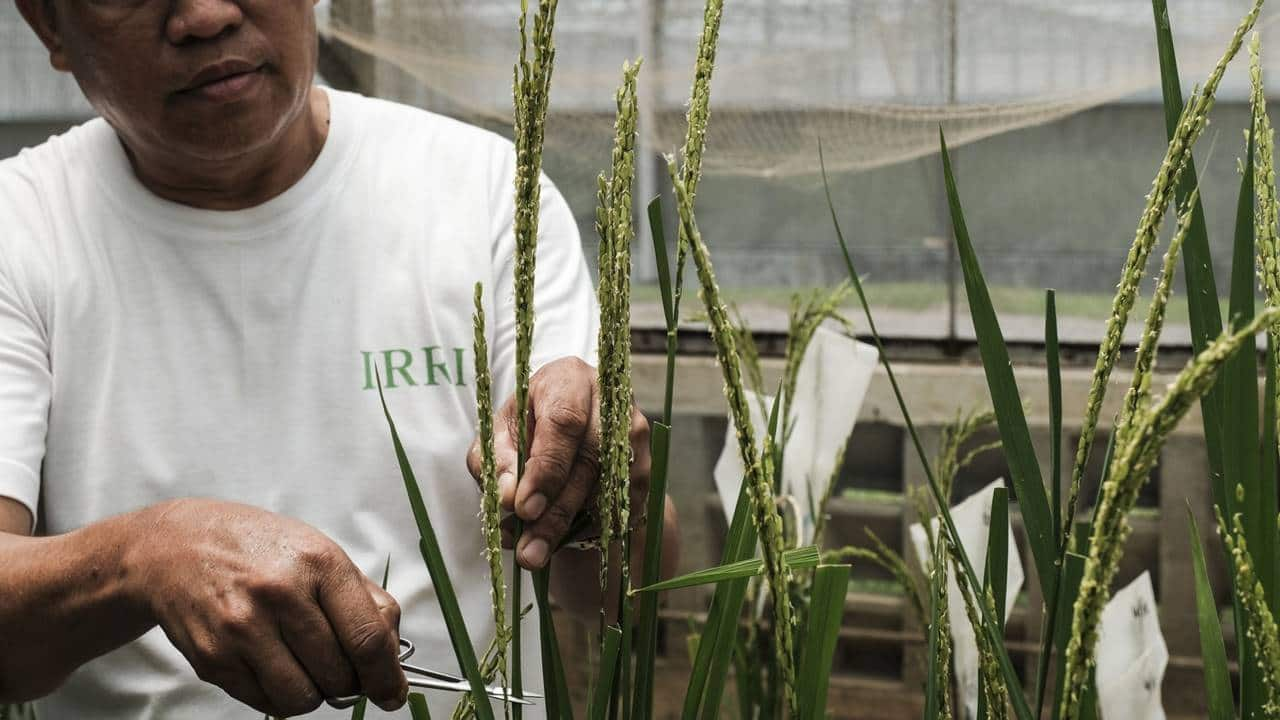India’s Rice Production Threatens Global Food Security 2023

India’s Rice Production Threatens Global Food Security 2023
Rice is not just a staple food for billions across the world but also a symbol of sustenance and cultural identity. The world has previously experienced the brunt of rice shortages, with the 2007-08 crisis being a significant marker in recent history.
Now, emerging trends indicate that India, one of the world’s largest producers and consumers of rice, might be inadvertently steering the world towards another such crisis.

In the world’s poorest nations, food prices have not been good this year. Three events have caused grain supplies to run out, regardless of whether their people eat rice or wheat: El Niño weather phenomenon, which has historically resulted in poor harvests worldwide; Russia’s invasion of Ukraine and its decision to withdraw from the Black Sea grain initiative; and domestic politics in India.
Fearing a general election in India the following year, the government has restricted or outlawed the export of the majority of rice and wheat varieties due to unstable foodgrain prices. Despite being a major producer of wheat, India really controls the rice market: 40% of the world’s rice commerce is made up of its exports.
New Delhi has gradually increased its grip on the world rice market. There is now a 20% export levy on certain types, a minimum export price for others, and no exportation allowed for others. Everyone who eats rice has experienced financial hardship.
According to predictions from the UN Food and Agriculture Organisation, rice prices increased by 28% in September of this year compared to September of 2022. Earlier that month, prices reached a 15-year high.

When prices previously hit similar heights in the first quarter of 2008, it was again due to global export limitations that were competitive and once again sparked by India. Ahead of a close general election, the Indian government was also concerned about inflation at the time.
India seeks to portray itself as a leader of the Global South, with empathy for developing countries that is unmatched by the West or China, who care little about how their policies affect the world’s poorest nations.
However, as the International Food Policy Research Institute has shown, the consequences of, say, prohibiting the export of non-basmati rice won’t be felt primarily by the West.
Nine of the fifteen countries—Kenya, Ivory Coast, Cameroon, Guinea, Madagascar, Benin, Angola, Mozambique, and Togo—are in sub-Saharan Africa and purchased more than 100,000 metric tonnes of this kind of rice from India in 2022. Inflation in the area is rising due to food costs.

India has always maintained that it will not be like the US or China as a big power. It will trade properly, in contrast to China, and it won’t engage in religious hypocrisies as other Western countries do. It will understand that the world’s poorest people would suffer the most if supply networks for necessities like food and fuel are not kept open and robust.
All of these are worthwhile guidelines to go by. India needs to put forth more effort to keep its promises.
India holds a pivotal position in the global rice market, being both a major producer and a major exporter. As of the last known data before 2022, India was responsible for approximately one-fourth of the world’s rice exports. Thus, any fluctuation in India’s production, consumption, or export policies invariably affects global rice prices and availability.
India’s rice production is heavily reliant on the monsoon rains. However, with climate change causing unpredictable and erratic monsoon patterns, rice production has been hit in several regions. Droughts in some areas and floods in others have curtailed production, pushing domestic prices higher.
With a growing population and increasing incomes, India’s domestic consumption of rice has been steadily increasing. This rise in demand means less rice available for exports, leading to global price hikes.

Government policies can influence the amount of rice available for export. For instance, the Indian government has at times prioritized securing domestic food reserves over exports. While this is an understandable measure for food security, it can reduce global supply and affect prices.
India has seen outbreaks of pests and diseases in rice crops in the past few years. Brown plant hoppers, for instance, have been a recurring problem, affecting yields and quality.
As seen in 2007-08, when major rice-producing countries restrict exports, global prices shoot up. Countries dependent on rice imports, especially in Africa and parts of Southeast Asia, are the hardest hit.
A potential rice shortage can endanger food security in many nations where rice is a primary staple. This could lead to political unrest and even civil strife, as witnessed in the past.
The agriculture sector in many countries is heavily reliant on rice exports. A disruption in the global rice market can impact their economic stability.
India needs to promote crop diversification to reduce its heavy dependence on rice. This can help in safeguarding against production fluctuations.
Investing in agricultural technology, from improved seed varieties to better irrigation systems, can help in bolstering rice production.

Major rice-producing nations need to coordinate policies to ensure that unilateral decisions do not negatively impact the global market. A collaborative approach can ensure that food security concerns are addressed without causing undue disruption.
Addressing the broader issue of climate change through international cooperation is crucial. Efforts to mitigate climate change can help stabilize monsoon patterns and ensure consistent rice production.
While the signals pointing to a potential rice crisis due to India’s challenges are evident, they are not set in stone. With strategic interventions, both at the national and international levels, it’s possible to avert a crisis and ensure that rice, the staple food for billions, remains accessible and affordable for all.



